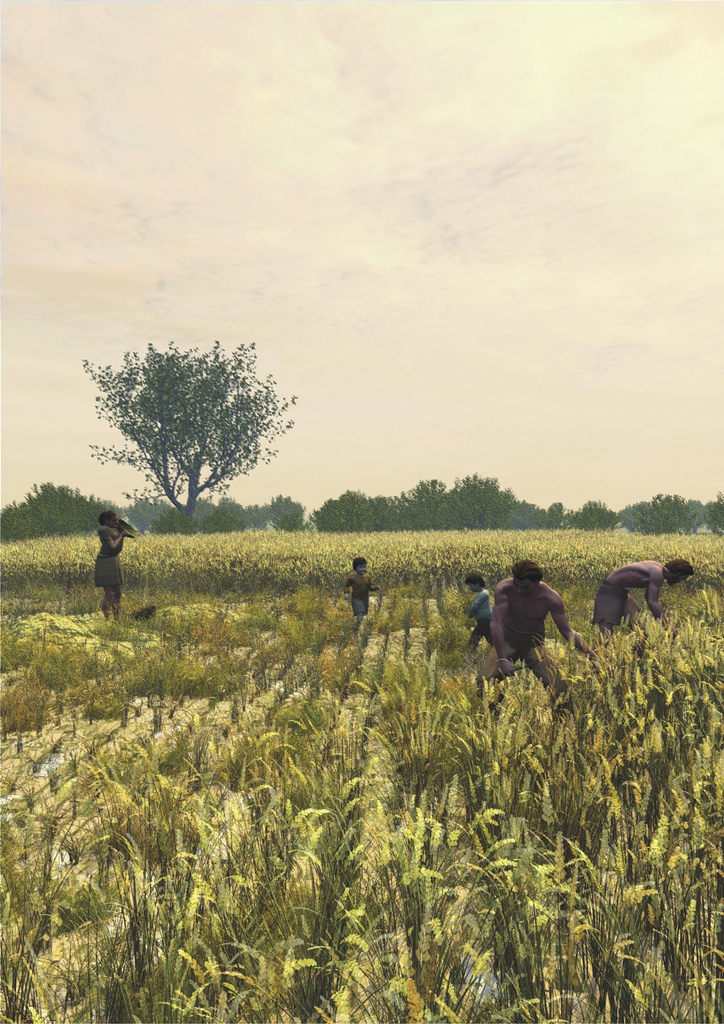Helen Glass, writes:
I recently became a Chartered Environmentalist with the Institution of Environmental Scientists. This might seem like a strange thing for someone in the archaeology and heritage profession to have, but I have spent a significant part of my career working in environmental consultancy and I recognise that it is essential for archaeologists in the 21st century to work closely with other professionals from environmental professionals to engineers and planning consultants.
My background makes me keenly aware of the finite nature of the historic environment and of the need to communicate to clients, developers and colleagues that as with any other resource, every effort should be made to safeguard it. There are also things to be learned from our past as we look for ways to lower our impact on resources; can we live as lightly as our remote ancestors. Historic buildings that survive today also have things to teach about energy efficiency and material durability.
The social, economic and environmental contribution of heritage assets is often overlooked in the various definitions of sustainability. One of the key challenges for me is to provide clients with clear guidance on the benefit of sustainable solutions that preserve and enhance historic assets. As a cultural heritage professional my ability to interpret the past not just to document it, allows opportunities for the enhancement of social identity, economic development and environmental responsibility.
At Wessex we are embarking on a review of our environmental policies and practice to ensure that we deliver our work in a sustainable way and with our environmental responsibilities firmly in mind.
